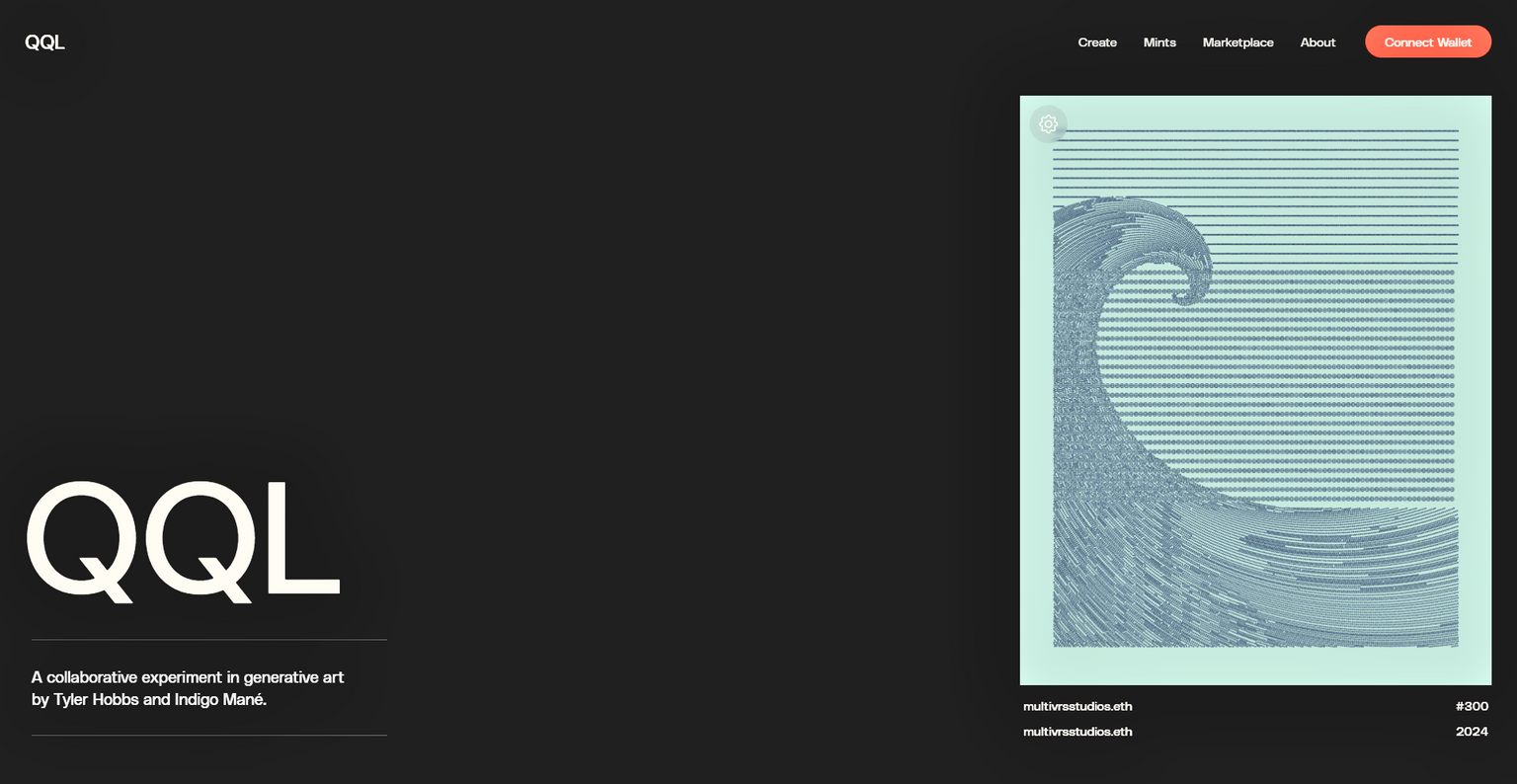QQL Art is an innovative concept that blends traditional art with contemporary technology. The term "QQL" does not refer to a specific art form or technique; instead, it suggests a unique, generative approach to art creation. Here's a detailed explanation:
QQL Art: A form of generative art where algorithms, machine learning, or computational processes are used to create or influence the artwork. The "QQL" in this context might represent a specific algorithm or approach used in the generation process, although it's not a standard term in the art world.
Characteristics
- Algorithmic Creation: Artworks are generated through algorithms, which can range from simple rule-based systems to complex machine learning models.
- Interactivity: Some QQL Art pieces may allow for viewer interaction, changing based on input or feedback.
- Dynamic Nature: Unlike traditional static art, QQL Art can be dynamic, evolving over time or in response to certain conditions.
- Unpredictability: The generative nature of the algorithms can lead to unpredictable and often surprising results.
Characteristics
Techniques and Tools
- Machine Learning: Techniques such as neural networks and deep learning can be used to generate art that learns from existing artworks or styles.
- Procedural Generation: Algorithms that use predefined rules to generate art, such as fractals or cellular automata.
- Data Visualization: Transforming data into visual art, where the aesthetic is influenced by the underlying data patterns.
- Software and Libraries: Tools like Processing, p5.js, TensorFlow, and GANs (Generative Adversarial Networks) are commonly used in creating QQL Art.
Examples and Applications
- Digital Art Installations: Interactive and dynamic artworks displayed in galleries or public spaces.
- NFTs (Non-Fungible Tokens): QQL Art is often used in the creation of unique digital assets that are sold as NFTs.
- Music Videos and Films: Visual effects created using generative techniques can add a unique dimension to multimedia projects.
- Fashion and Design: Patterns and designs generated algorithmically can be used in textiles and product design.
Conclusion
QQL Art represents a fascinating intersection between art and technology, where the creativity of the artist is combined with the capabilities of computational algorithms. It challenges traditional notions of artistry and authorship, offering endless possibilities for exploration and innovation.
